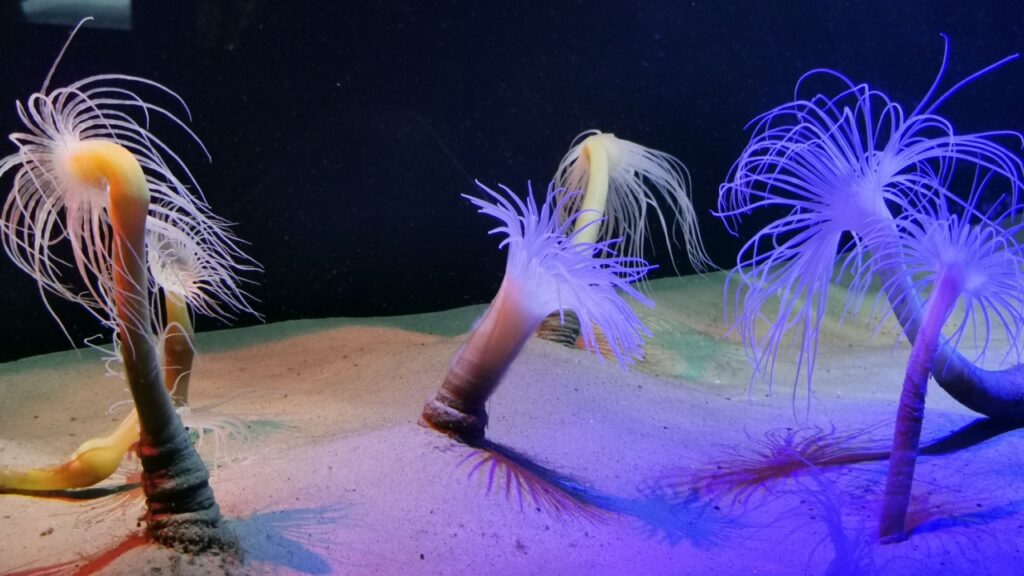Tube worms are some of the most fascinating creatures in the deep sea. These strange animals live in some of the most extreme environments on Earth, thriving in places where most life can’t survive. Let’s dive into the mysterious world of tube worms and uncover some surprising facts about these incredible creatures.
They’re Not Actually Worms
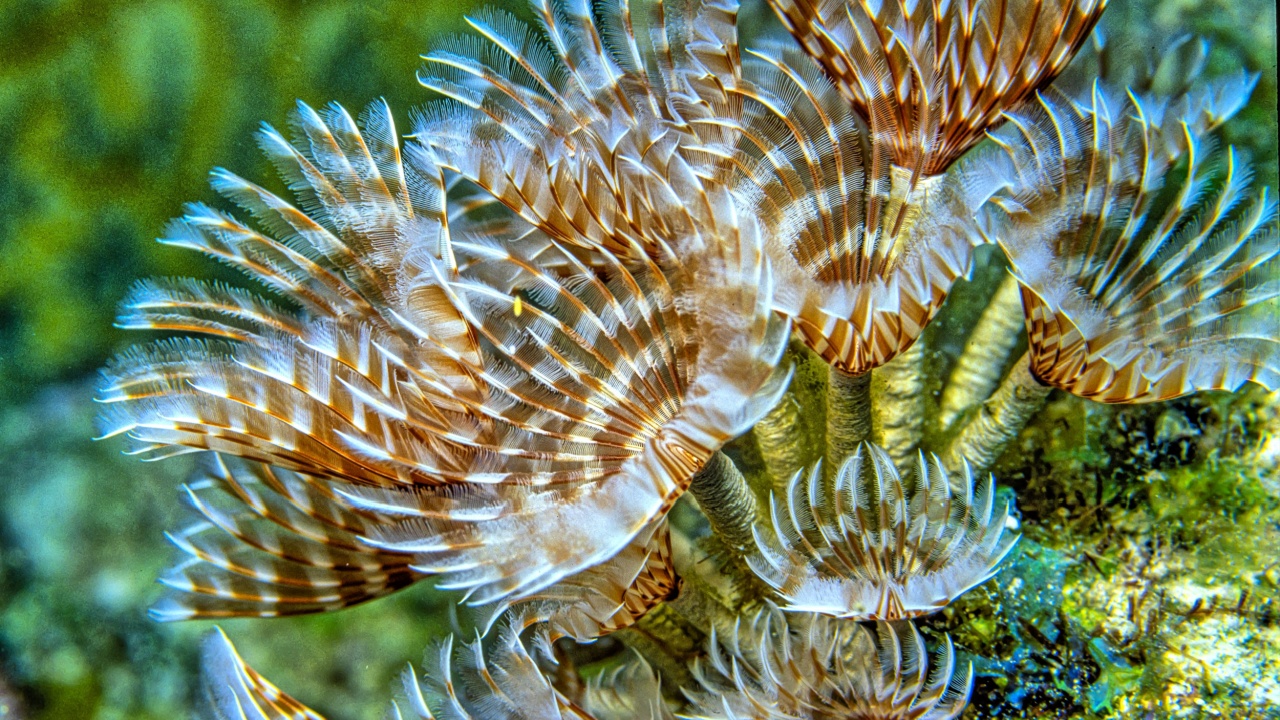
Despite their name, tube worms aren’t worms at all. They belong to a group of animals called annelids, which includes earthworms and leeches. Tube worms are more closely related to these animals than to true worms. Their long, tube-like bodies give them their common name, but they’re quite different from other worm-like creatures.
Some Tube Worms Can Grow Incredibly Long
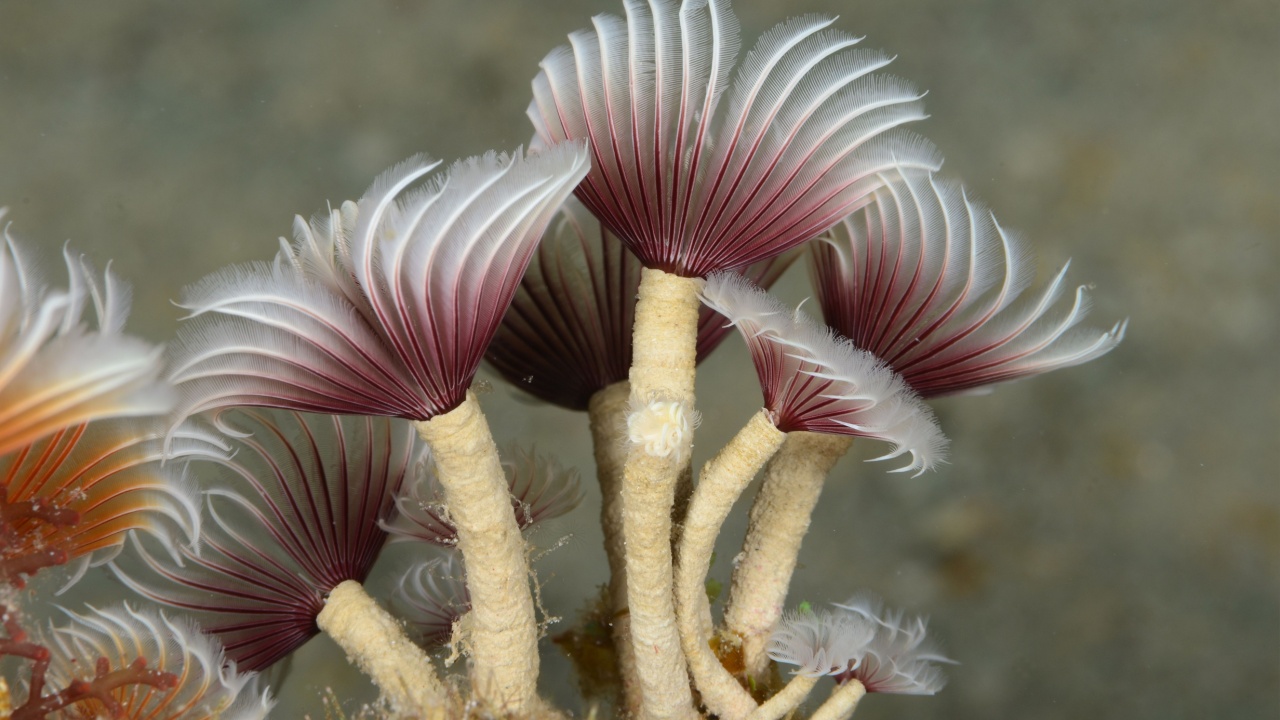
Certain species of tube worms can reach astounding lengths. The Lamellibrachia luymesi, for example, can grow over 3 meters (10 feet) long. That’s taller than most humans! These giant tube worms are found in cold seeps, areas where hydrogen sulfide-rich fluids leak from the seafloor. Their impressive size makes them some of the largest animals in these unique ecosystems.
They Live Near Hydrothermal Vents
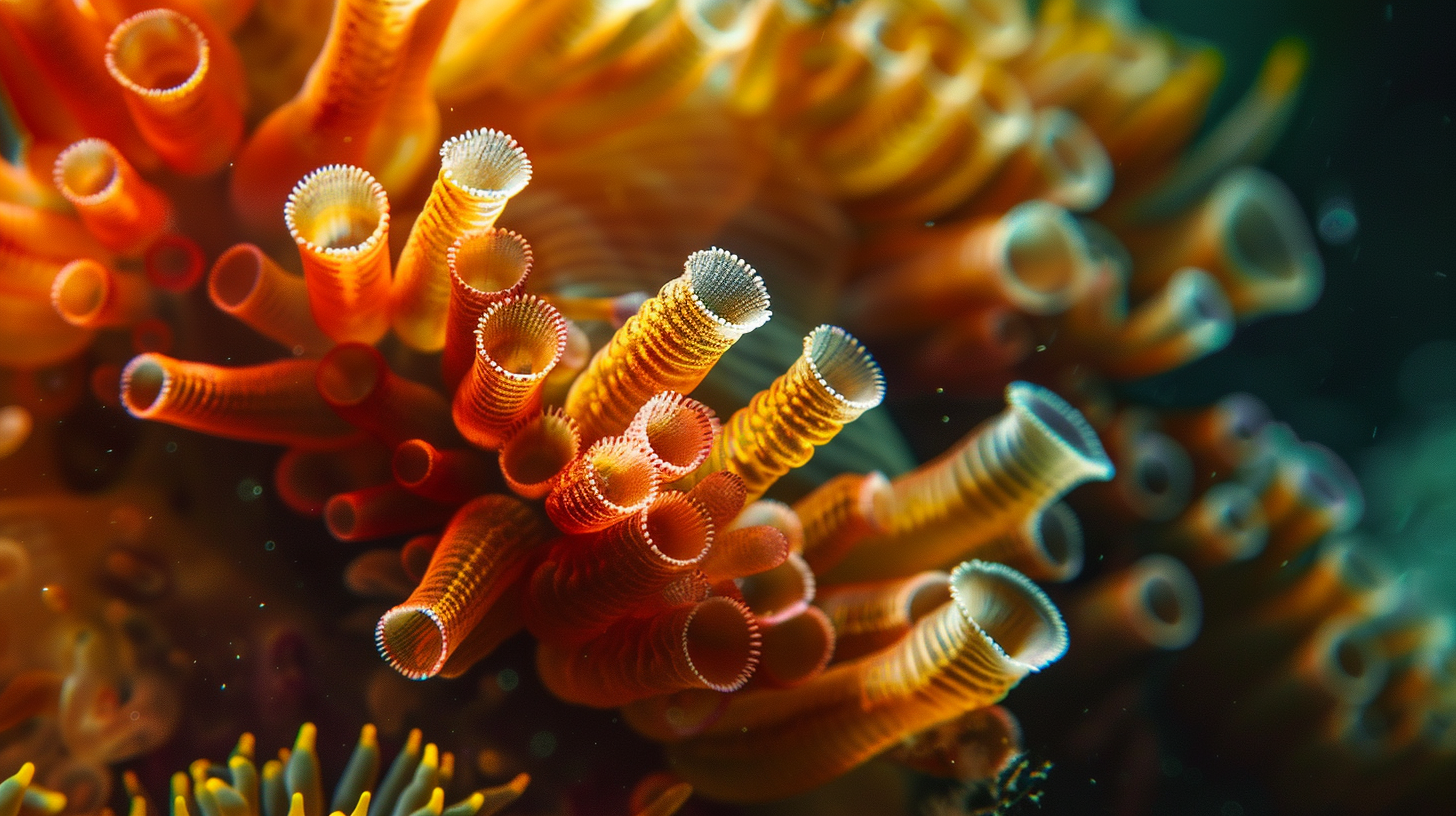
Many tube worms make their homes near hydrothermal vents on the ocean floor. These vents spew out hot, mineral-rich water that would be toxic to most animals. But tube worms have adapted to thrive in this harsh environment. They use the chemicals from the vents to produce food, allowing them to survive in the deep, dark ocean where sunlight can’t reach.
Tube Worms Don’t Have a Mouth or Digestive System

In a surprising twist, adult tube worms lack mouths and digestive systems. Instead, they rely on bacteria living inside their bodies to convert chemicals from hydrothermal vents into food. This symbiotic relationship allows tube worms to survive in an environment where most animals would starve. It’s a remarkable adaptation to life in the deep sea.
They Can Live for Centuries
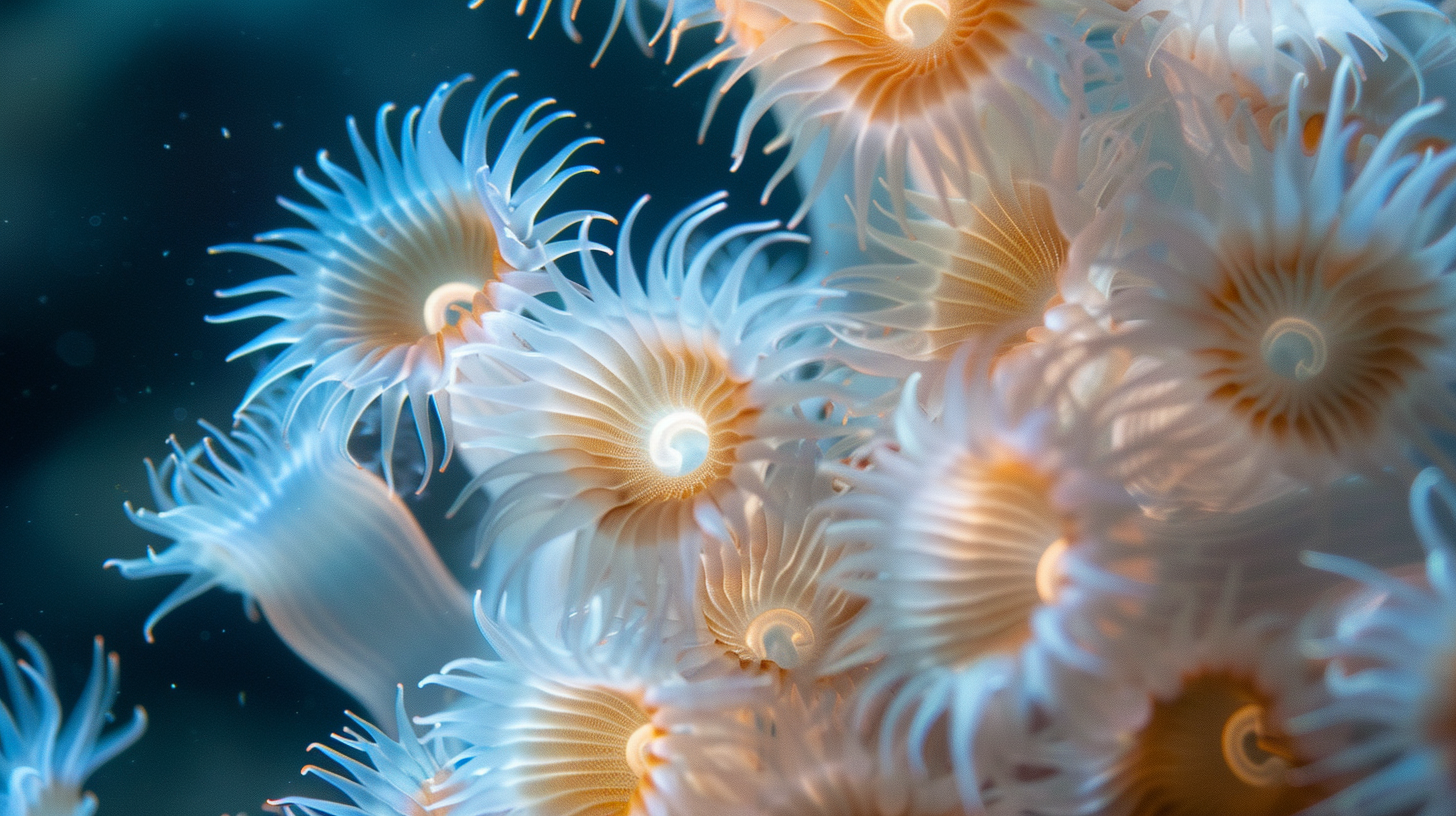
Some species of tube worms are incredibly long-lived. The cold seep tube worm, Lamellibrachia luymesi, is believed to be one of the longest-lived animals on Earth. Scientists estimate that these tube worms can live for over 250 years. This extreme longevity is likely an adaptation to their stable but challenging deep-sea environment.
Tube Worms Have Bright Red Plumes
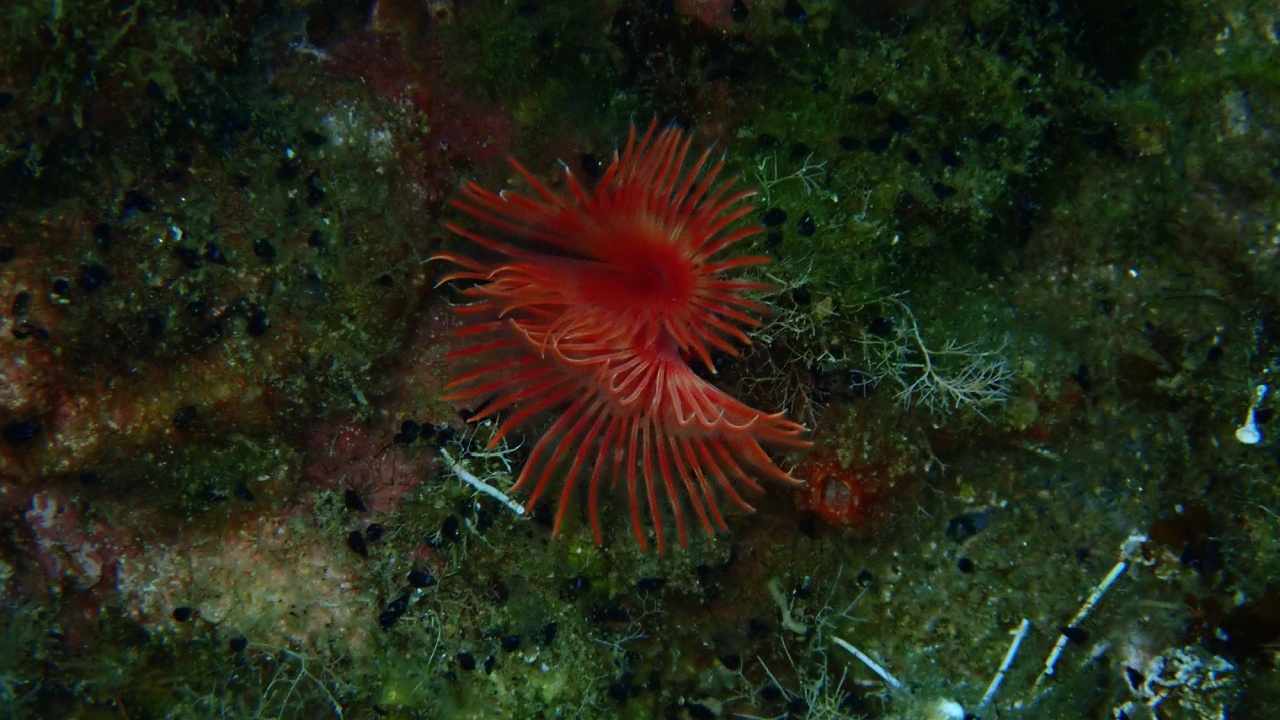
Many species of tube worms have striking bright red plumes that extend from their tubes. These feathery structures are packed with hemoglobin, the same protein that makes our blood red. In tube worms, these plumes help absorb oxygen and other chemicals from the water. The vivid red color is a stark contrast to the dark ocean environment where they live.
They Build Their Own Protective Tubes

As their name suggests, tube worms live inside tubes. But these aren’t just any tubes – the worms build them themselves. Some species, like those in the genus Serpula, create hard, calcareous tubes that protect their soft bodies. These tubes can be quite intricate and are essential for the worm’s survival in the harsh deep-sea environment.
Some Species Live in Coral Reefs
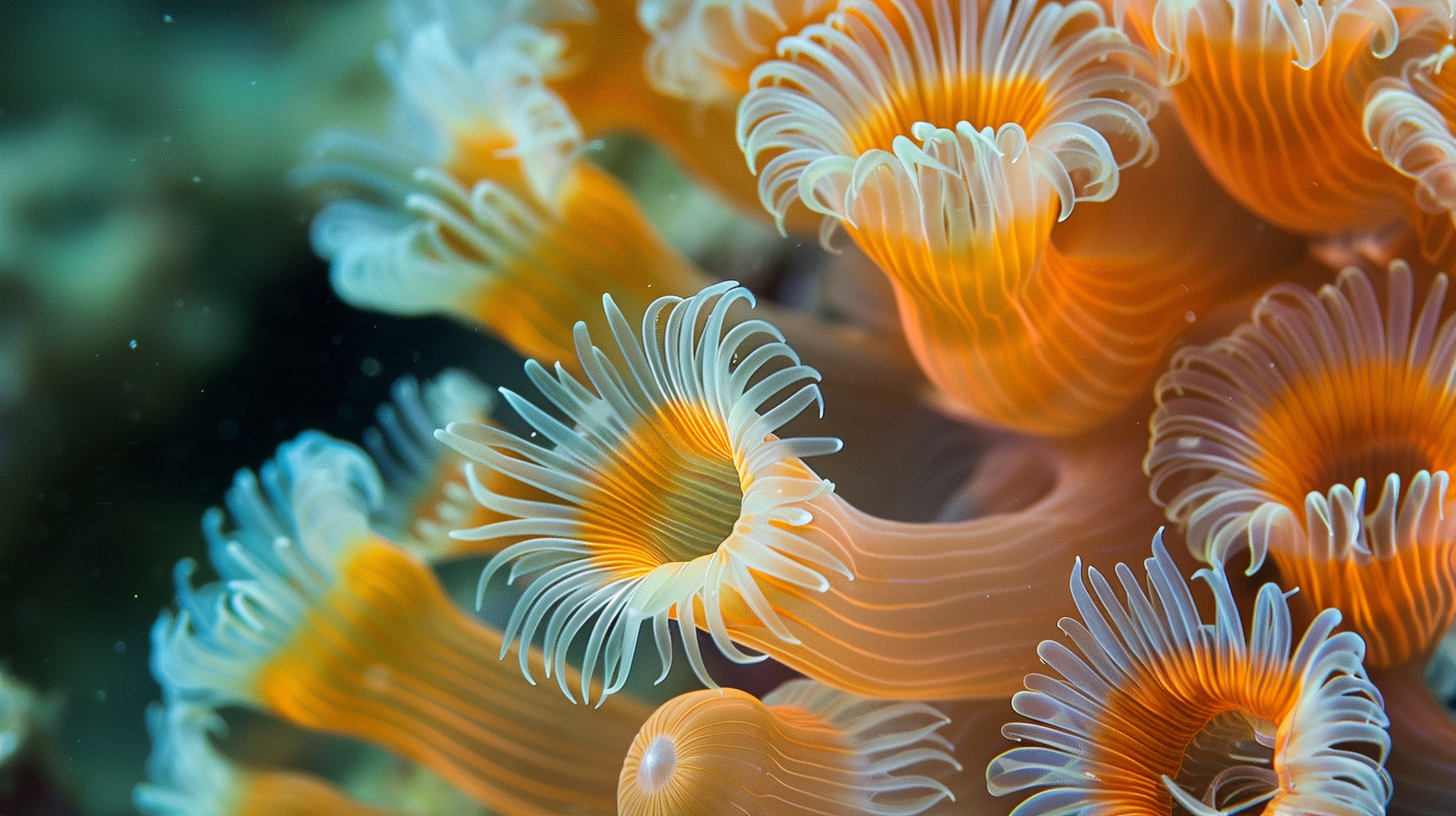
While many tube worms are known for living in deep-sea environments, some species make their homes in shallower waters. The Christmas tree worm, for example, lives in coral reefs. These colorful creatures burrow into coral heads, with only their beautiful, tree-like plumes visible. They add a splash of color and life to already vibrant reef ecosystems.
Tube Worms Can Regrow Lost Body Parts
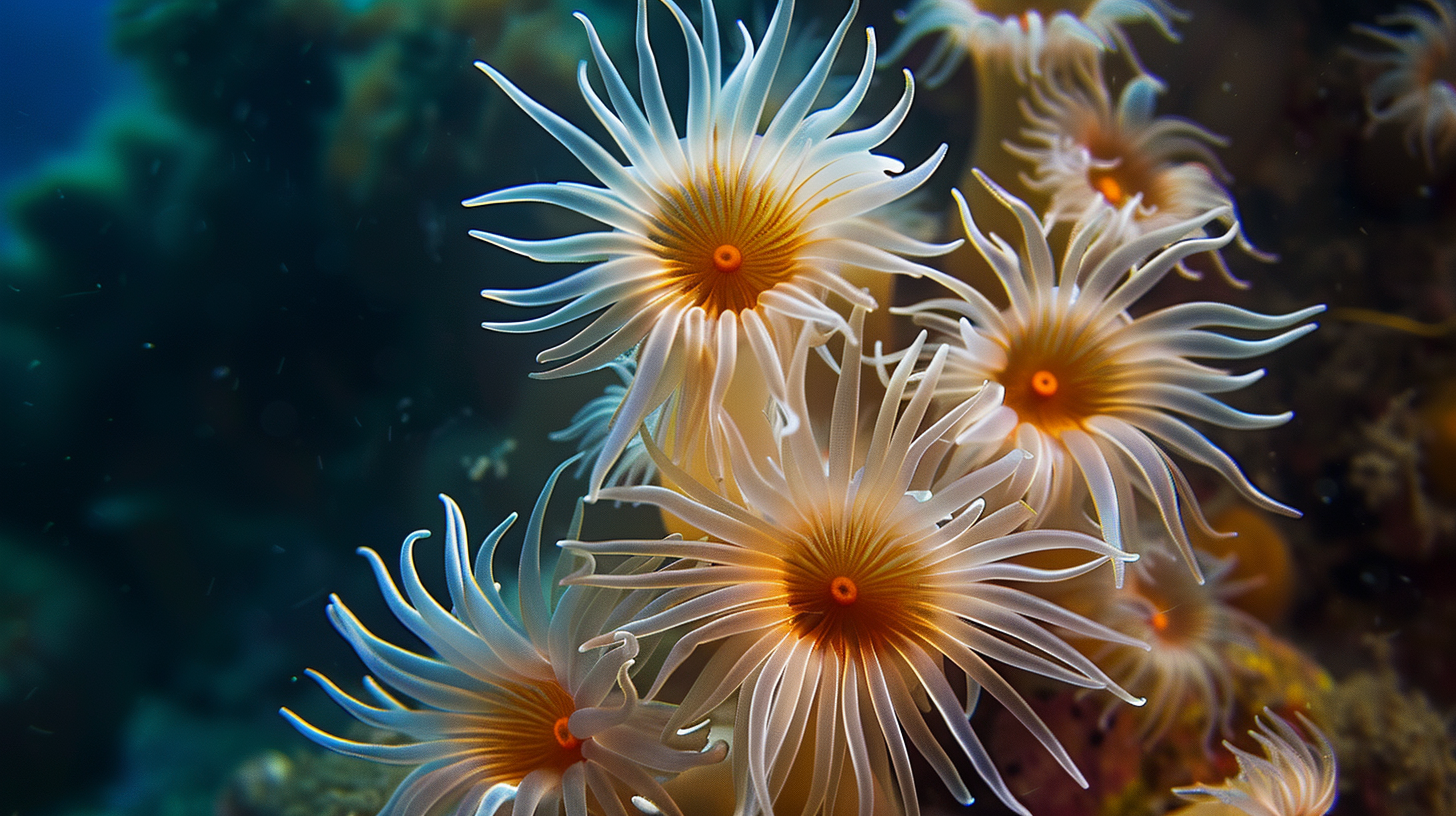
Like many other annelids, tube worms have impressive regenerative abilities. If a tube worm loses part of its body, it can often regrow the missing portion. This ability is crucial for survival in their challenging environments, where damage from predators or environmental hazards is always a risk. It’s just one more way these creatures have adapted to thrive in extreme conditions.
They Play a Crucial Role in Deep-Sea Ecosystems
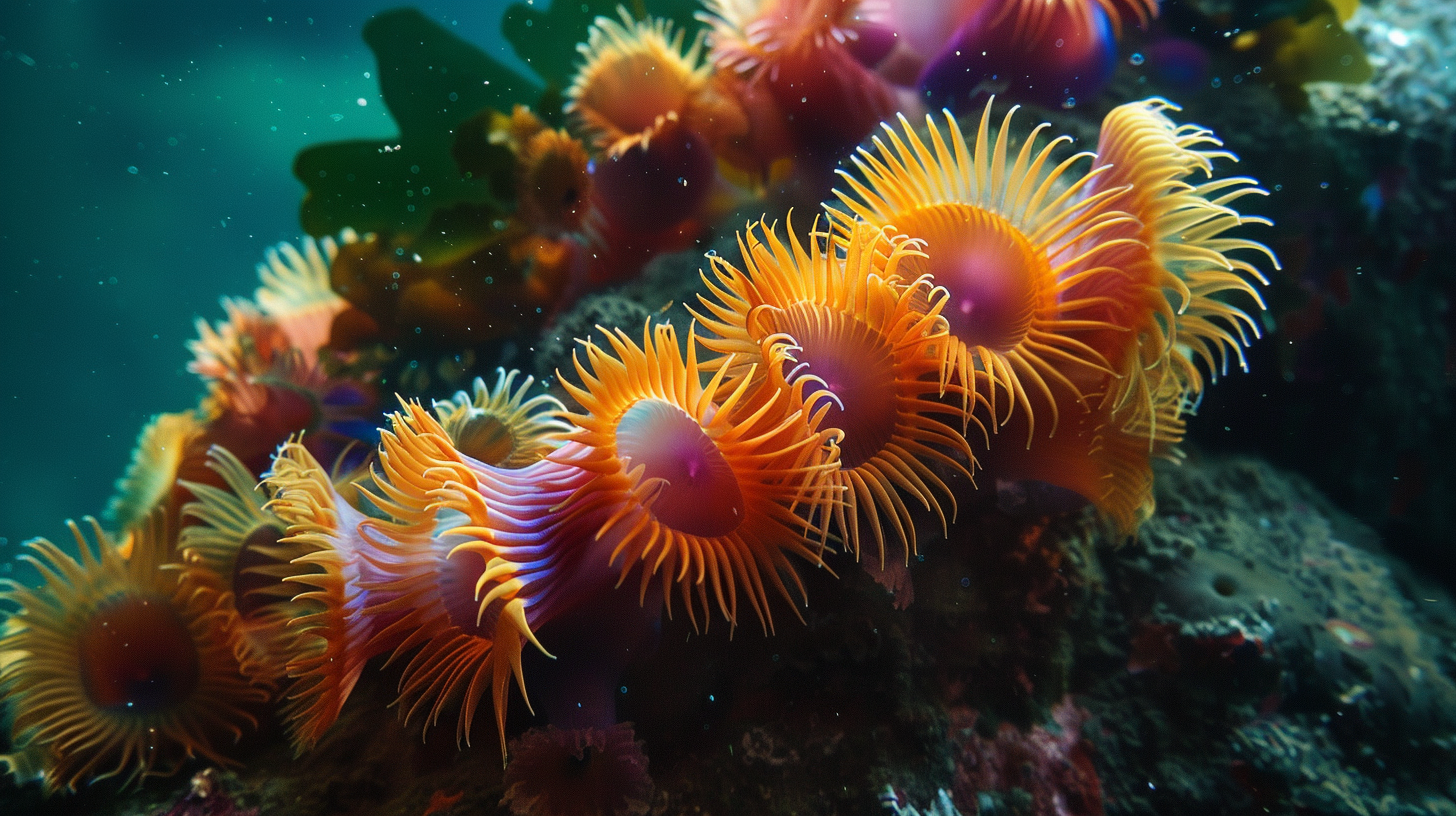
Tube worms are key players in deep-sea ecosystems. They provide habitat for other creatures, with many small animals living on or around their tubes. In hydrothermal vent communities, tube worms are often among the first organisms to colonize new vents. Their presence helps establish and maintain these unique deep-sea oases of life.
Some Tube Worms Can Survive Without Oxygen
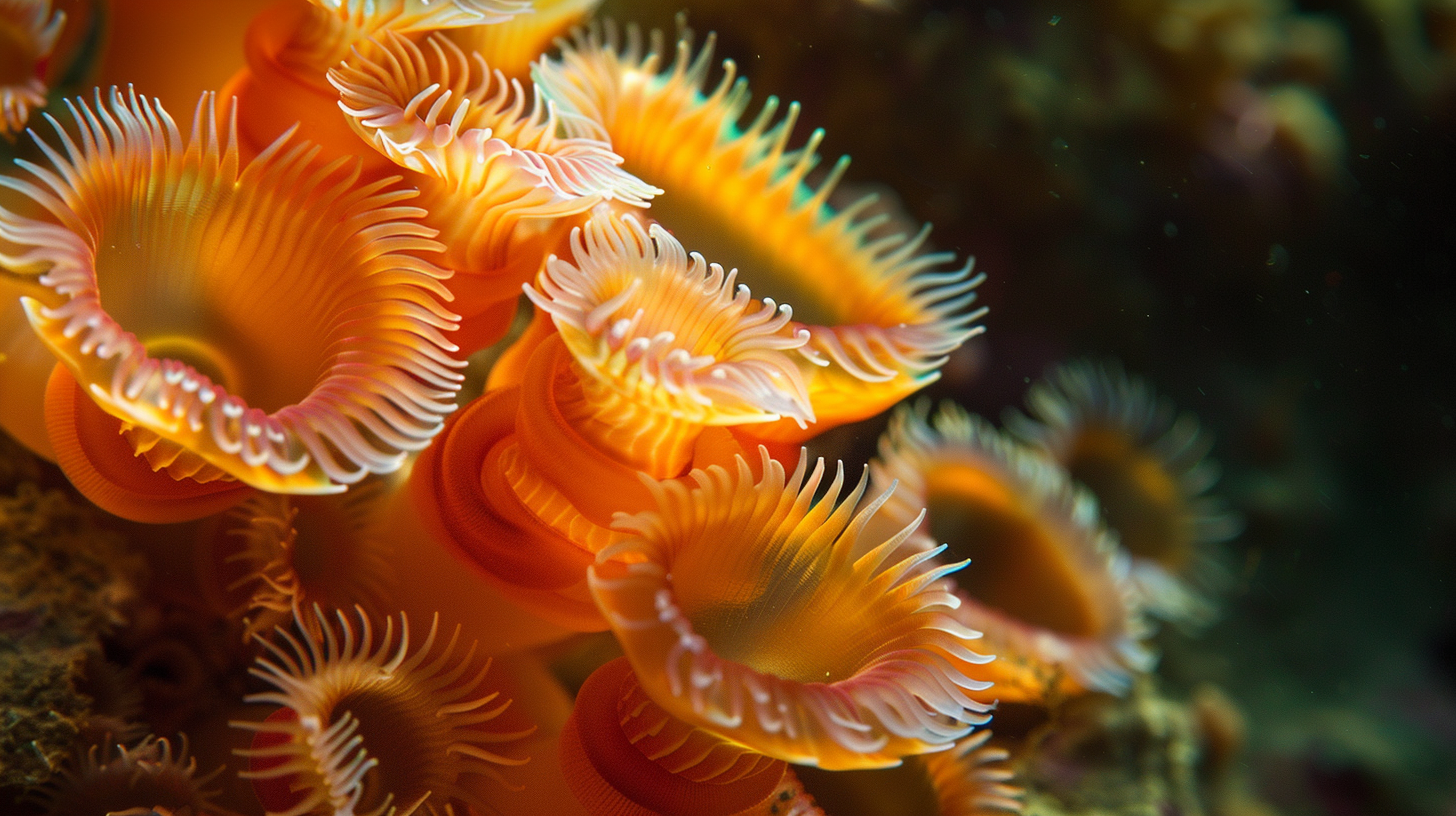
Certain species of tube worms have evolved to live in environments with very little oxygen. They can survive for long periods in oxygen-poor conditions that would be fatal to most animals. This ability allows them to thrive in some of the most extreme environments on Earth, including areas of the ocean where other animals can’t survive.
Tube Worms Inspired Sci-Fi Creature Designs
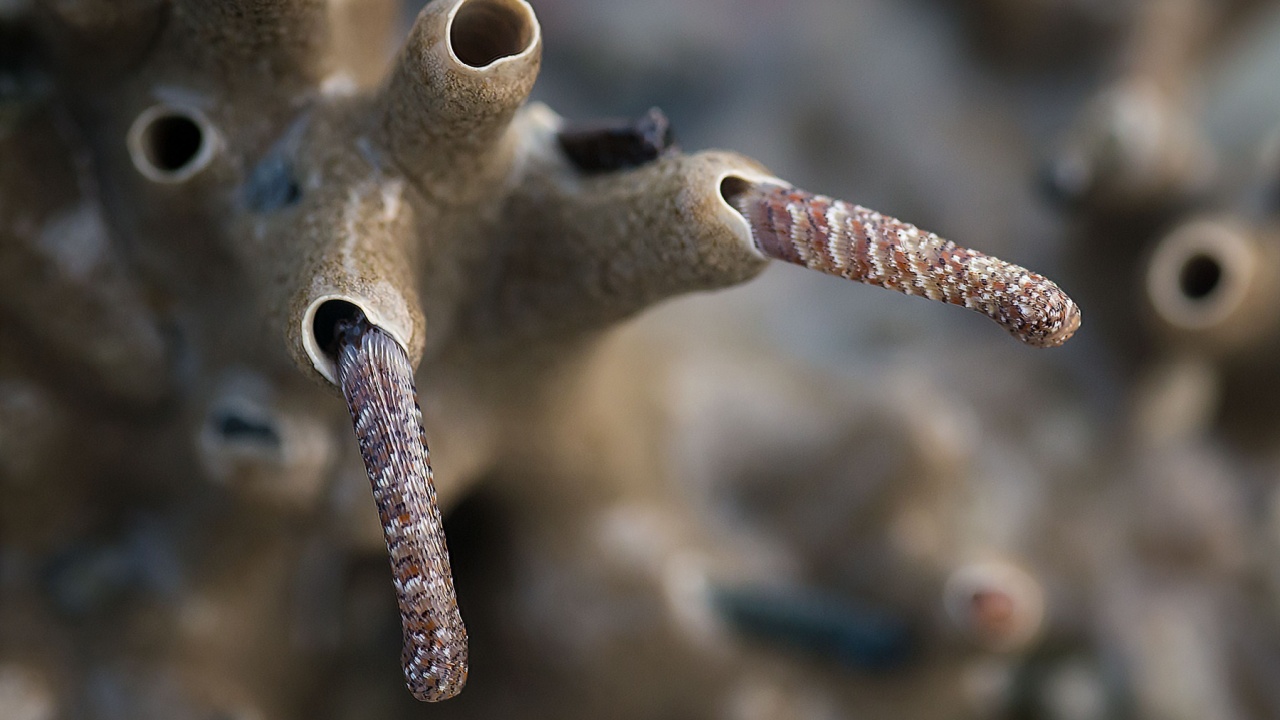
The alien appearance of tube worms has inspired creature designs in science fiction. Their strange, otherworldly look has influenced the creation of alien life forms in movies, TV shows, and books. The next time you see a bizarre alien creature in sci-fi media, remember that it might be inspired by the real-life wonders of tube worms!
They’re Helping Us Understand Early Life on Earth

Scientists study tube worms to better understand how life might have evolved on early Earth. The chemosynthetic processes that sustain tube worms are similar to those that may have supported some of the first life forms on our planet. By studying these creatures, researchers gain insights into the origins of life in extreme environments.
Tube Worms Have Hemoglobin Superpower
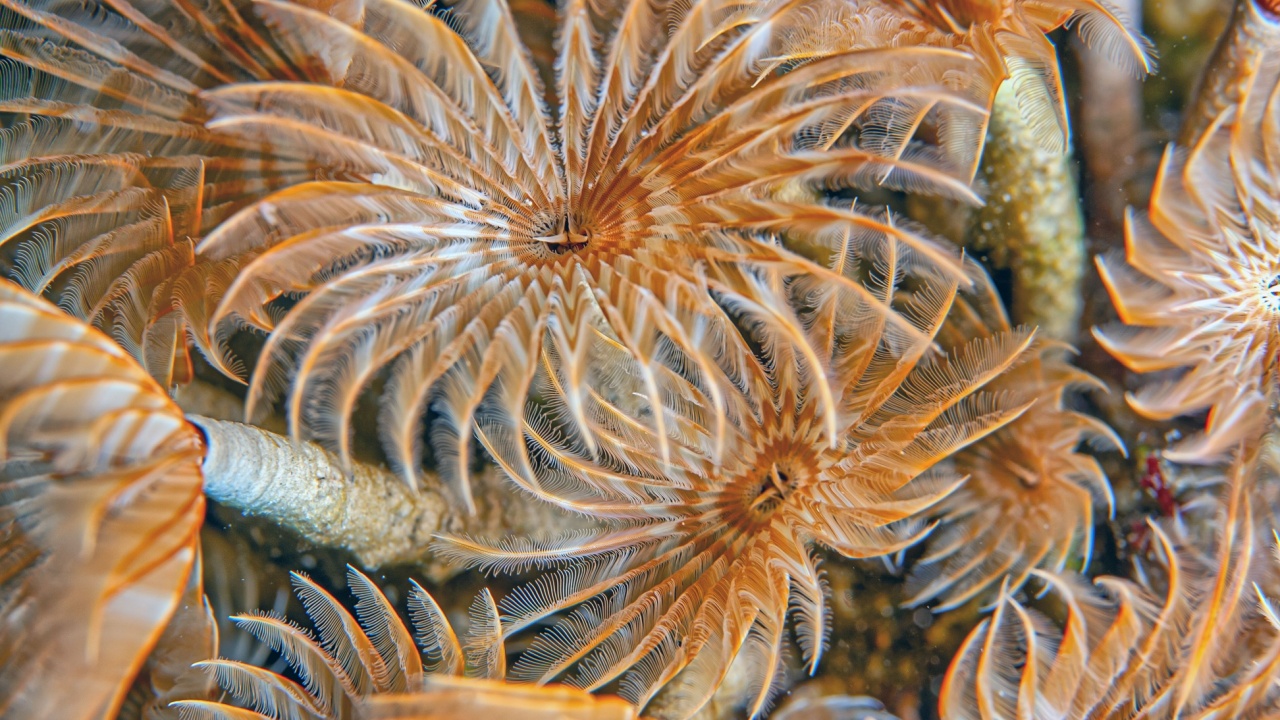
The hemoglobin in tube worms is special. It can carry oxygen much more efficiently than human hemoglobin. This supercharged hemoglobin allows tube worms to thrive in low-oxygen environments. Scientists are studying this unique hemoglobin to see if it could have medical applications for humans with respiratory problems.
They Might Help Us Find Life on Other Planets
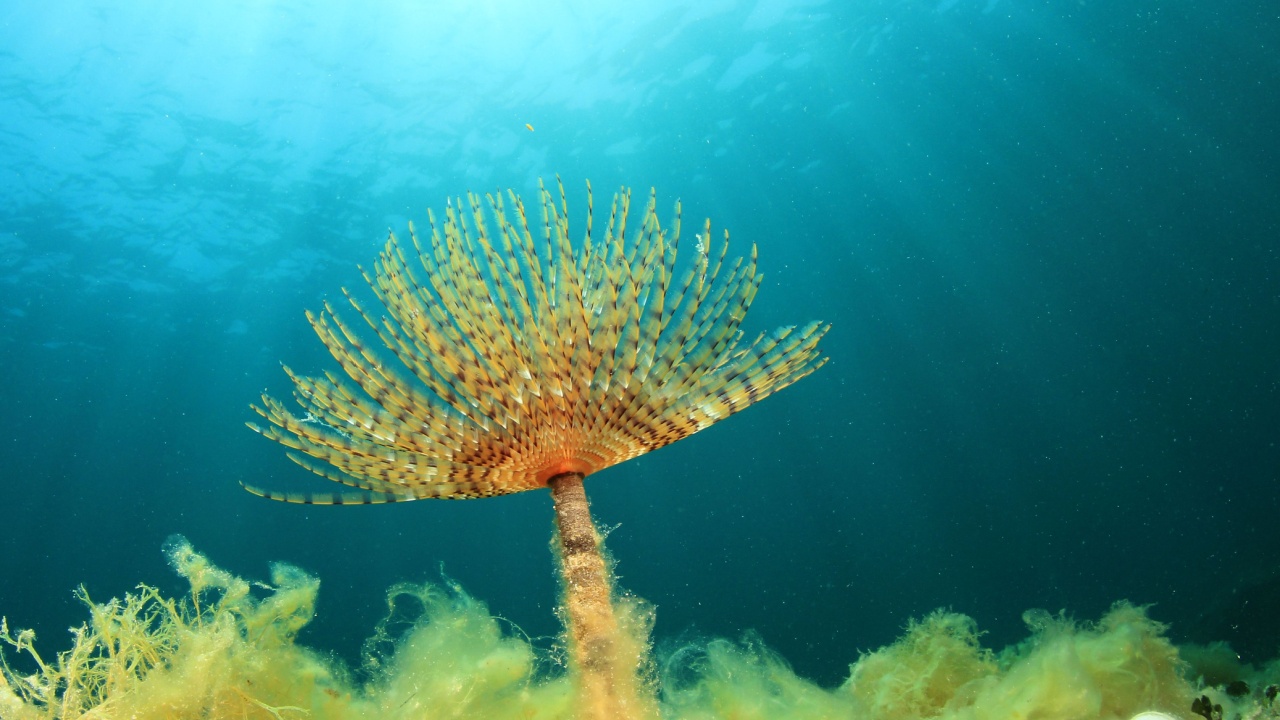
The study of tube worms is informing the search for life on other planets. These creatures show us that life can exist in extreme conditions, without sunlight or oxygen. This knowledge helps scientists determine where to look for life on other worlds. Environments similar to those where tube worms live might exist on other planets or moons in our solar system, making tube worms important in the field of astrobiology.

